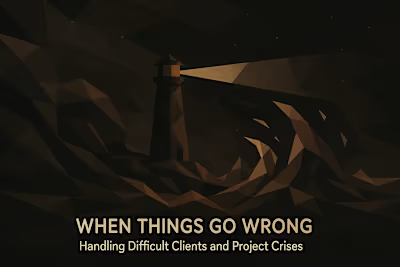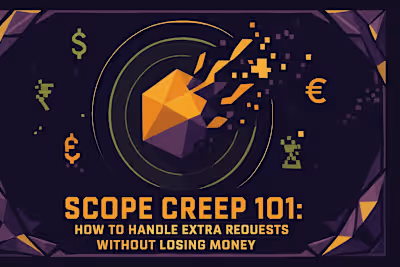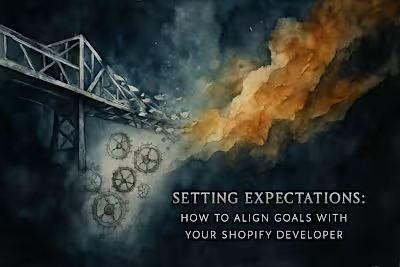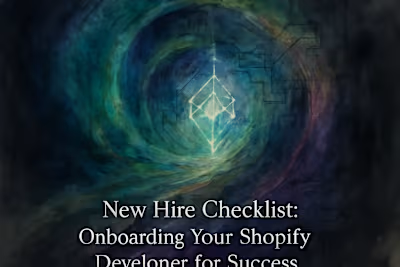Solo to CEO: How to Scale from Freelancer to Shopify Agency
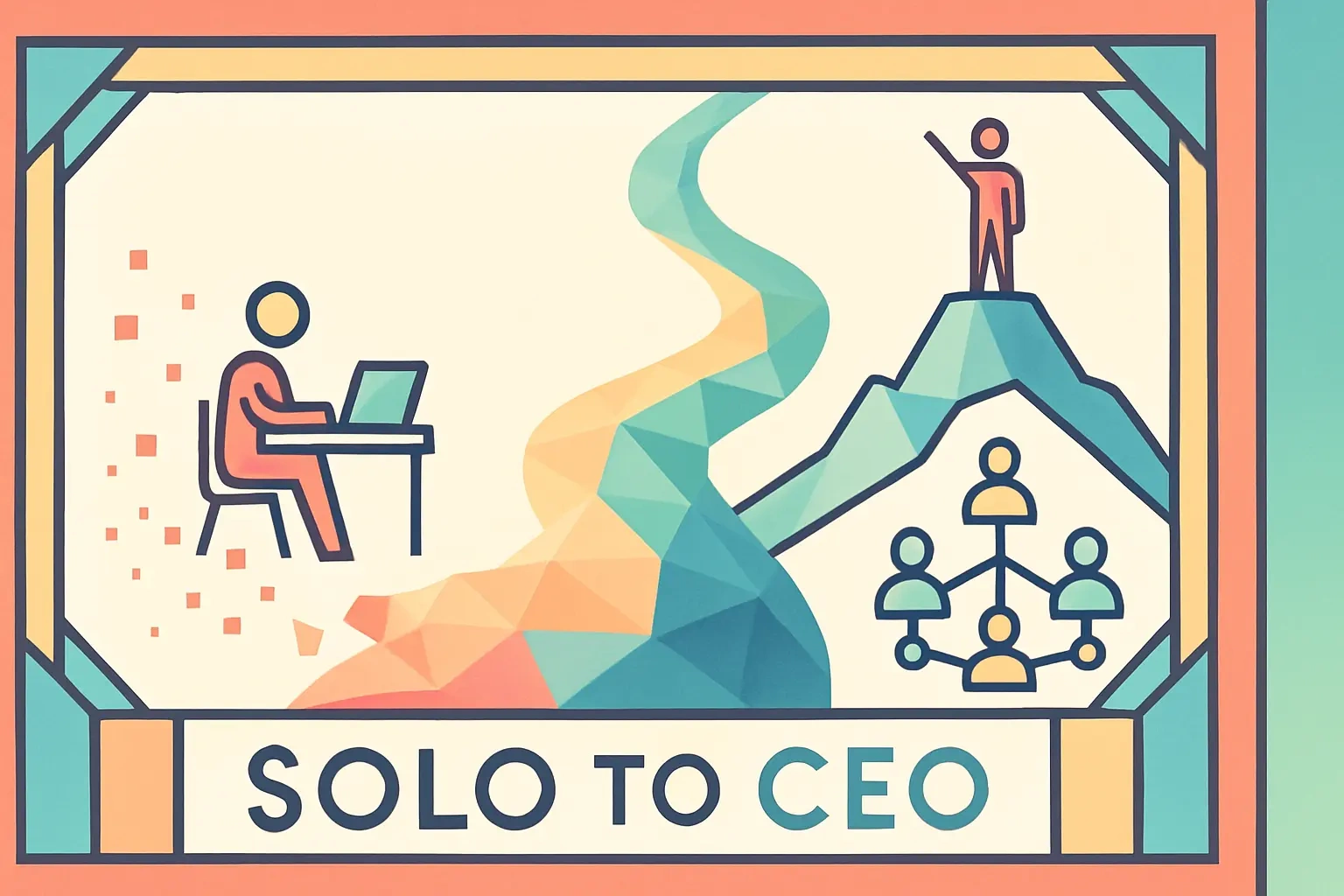
Solo to CEO: How to Scale from Freelancer to Shopify Agency
The Tipping Point: Recognizing When It's Time to Scale
You're Consistently Turning Away Good Work
You Want to Take on Bigger, More Complex Projects
You're Hitting an Income Ceiling
Building the Foundation: Systems and Processes
Standardizing Your Project Management
Creating Financial and Legal Structures
Defining Your Agency's Brand and Niche
Hiring Your A-Team: From Contractors to Employees
Starting with Freelance Contractors
Knowing When to Make Your First Full-Time Hire
Where to Find and How to Vet Shopify Talent
The CEO Mindset: Shifting from 'Doing' to 'Leading'
The Art of Effective Delegation
Focusing on Sales and Marketing
Cultivating a Positive Company Culture
Conclusion
References
Solo to CEO: How to Scale from Freelancer to Shopify Agency
The Tipping Point: Recognizing When It's Time to Scale
You're Consistently Turning Away Good Work
You Want to Take on Bigger, More Complex Projects
You're Hitting an Income Ceiling
Building the Foundation: Systems and Processes
Standardizing Your Project Management
Creating Financial and Legal Structures
Defining Your Agency's Brand and Niche
Hiring Your A-Team: From Contractors to Employees
Starting with Freelance Contractors
Knowing When to Make Your First Full-Time Hire
Where to Find and How to Vet Shopify Talent
The CEO Mindset: Shifting from 'Doing' to 'Leading'
The Art of Effective Delegation
Focusing on Sales and Marketing
Cultivating a Positive Company Culture
Conclusion
References
Posted Jul 4, 2025
Ready to grow beyond freelancing? Learn the key steps to scale your Shopify development business into a successful agency, from hiring your first team member to landing bigger clients.







